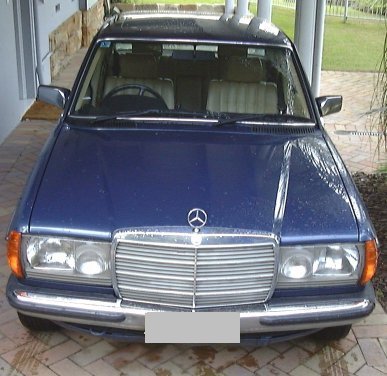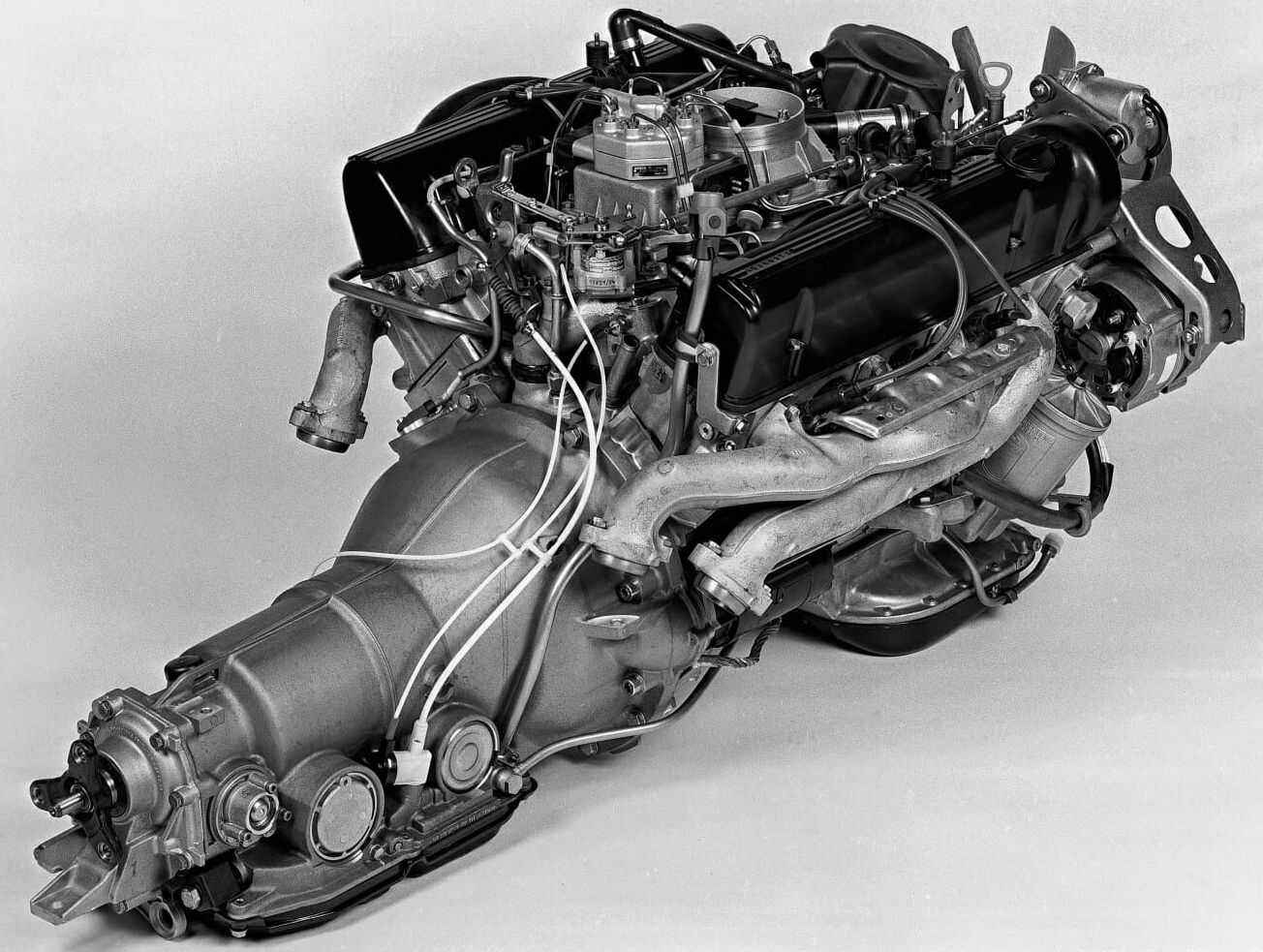560SEL Odometer repair
Recently the odometer stopped working on my 1987 560SEL, just before the car hit 340,000km. This is a pretty common problem on the W126. I had to repair both my old 300SE and my 560SEC. The issue is the small gears that turn the odometer. They are made of a very soft plastic and after 30+ years, the teeth break off. This repair is pretty straightforward for anybody reasonably handy on these cars.
The first step is to remove the cluster and have a look. You can’t order the gears until you check what you have, as the various combinations of instrument cluster use gears with different numbers of teeth. The factory tool to remove the cluster is not necessary. The easiest way to get the cluster out is to remove the speaker and push it out from behind.
Once removed, the instrument cluster can be unplugged (there are a lot of plugs) and brought to a workbench. The first thing that must be removed is the exterior temperature display. It is held onto the bottom of the instrument cluster with two screws and simply slides out. These two screws also hold in the speedometer.
Next, there are four more screws to remove the speedometer housing. They are the gold ones with the hexagonal heads on the edges.
Once those screws are removed, the entire assembly for the speedometer just lifts out, once the warning light that clips on is removed. At the same time, the two smaller inner bulbs for the indicators, and larger outer bulbs for the illumination should be removed.
It is not possible to repair the odometer while the speedometer is still in its plastic housing. The four inner screws must also be removed. On my cluster they were the silver phillips head screws, but I’ve also seen gold flathead screws on other clusters.
The speedometer unit lifts out, and care should be taken to not lose the four rubber spacers that go on the plastic feet that stick through the circuit board. There are also plastic baffles for the light bulbs that slide out.
With the cluster removed, you can see the original vivid orange the speedometer needle was, as well as the the max speed markings and 50/60 hatching. These should all match, so I elected not to repaint my speedometer needles, as I do not have a steady enough hand to repaint the sections on the speedometer face. They look terrible when they don’t match, as well as looking terrible when painted red, not the factory orange.
The odometer gears are accessed to the right of the speedo. There is a cover held on by two tiny philips head screws. In the picture above, the cover has already been removed (top right) and the tiny screws are on the table. The cover is a bit of a pain to get off, due to the black box.
 With the cover off, it is easy to see the three gears that wear. The small one, from the drive motor on the right, the top one, and the next one. There are also two more gears that don’t seem to wear and do not need to be replaced.
With the cover off, it is easy to see the three gears that wear. The small one, from the drive motor on the right, the top one, and the next one. There are also two more gears that don’t seem to wear and do not need to be replaced.
The main thing to do here is to remove the two larger gears and count the teeth on the inner gear for each. The outer teeth seem to always be 48, but the inner teeth vary. I guess I’m going to need reading glasses soon, as I couldn’t count the inner teeth without the magnifying glass app on my phone. When I last did this a few years ago, I didn’t need any assistance!
The picture below shows one of my gears, including the missing teeth.
 The smaller gear always seems to have 12 teeth, so does not need to be counted. There also seems to always be a 12/48 gear. However, for my 560SEL with a 260KM/h speedometer and a 2.47 rear end, I needed a 14/48 gear. My old 300SE needed a 13/48 and my 560SEC with an MPH speedometer needed an 18/48. I purchased my gears from Garagistic.
The smaller gear always seems to have 12 teeth, so does not need to be counted. There also seems to always be a 12/48 gear. However, for my 560SEL with a 260KM/h speedometer and a 2.47 rear end, I needed a 14/48 gear. My old 300SE needed a 13/48 and my 560SEC with an MPH speedometer needed an 18/48. I purchased my gears from Garagistic.
By the time the gears arrived, plus I had a bit of work travel, it had been a few months since I removed the cluster. It is a pretty simple matter to remove the two larger gears, but the original small gear is on a brass bushing, which is no longer needed. The easiest way to remove it is to break it with a set of cutting pliers.
 Once that is off, the new small gear is just press fit on. The two larger gears are much easier to put in. At this point, I made a mistake. I assumed that the white gear was the replacement for the light coloured gear, and the blue gear was a replacement for the black one. I put everything together and tested in the car. It didn’t work properly. I then removed it all again, and looking at the photos of when I did my 300SE, I realized I had them backwards, and it was binding. The blue one should have been the top one.
Once that is off, the new small gear is just press fit on. The two larger gears are much easier to put in. At this point, I made a mistake. I assumed that the white gear was the replacement for the light coloured gear, and the blue gear was a replacement for the black one. I put everything together and tested in the car. It didn’t work properly. I then removed it all again, and looking at the photos of when I did my 300SE, I realized I had them backwards, and it was binding. The blue one should have been the top one.
I also used a small amount of rubber grease, as I found I could hear the gears on my 300SE with no lubrication. As can be seen from one of the pictures up above, the original gears were lightly lubricated.
At this point, I also thought I would try replacing my broken clock with a different one. I have a few spare W126 instrument clusters, so I removed the clock/tacho from the one that was in the best visual condition and swapped it over.
 This was a pretty simple thing to do, but proved futile, as the replacement clock didn’t work either. I put my old one back, as it was in much better visual condition than the other two spares. Removing and the bulbs for the illumination a couple of times caused them to fail, so I ended up replacing both of them. I keep bulbs like this on hand so it was easy to do.
This was a pretty simple thing to do, but proved futile, as the replacement clock didn’t work either. I put my old one back, as it was in much better visual condition than the other two spares. Removing and the bulbs for the illumination a couple of times caused them to fail, so I ended up replacing both of them. I keep bulbs like this on hand so it was easy to do.
In doing this testing, I didn’t push the cluster back in properly which made it easy to take it in and out until I was happy with everything. Once I was, I pushed the cluster back in place and replaced the speaker.
The final test was to check the accuracy of the odometer with my GPS. On a 2.8km course, the trip odometer recorded 2.8km, so I was happy with the result. I’m glad my 560SEL odometer repair is finally done, as I don’t like to drive cars without a working odometer.

























































